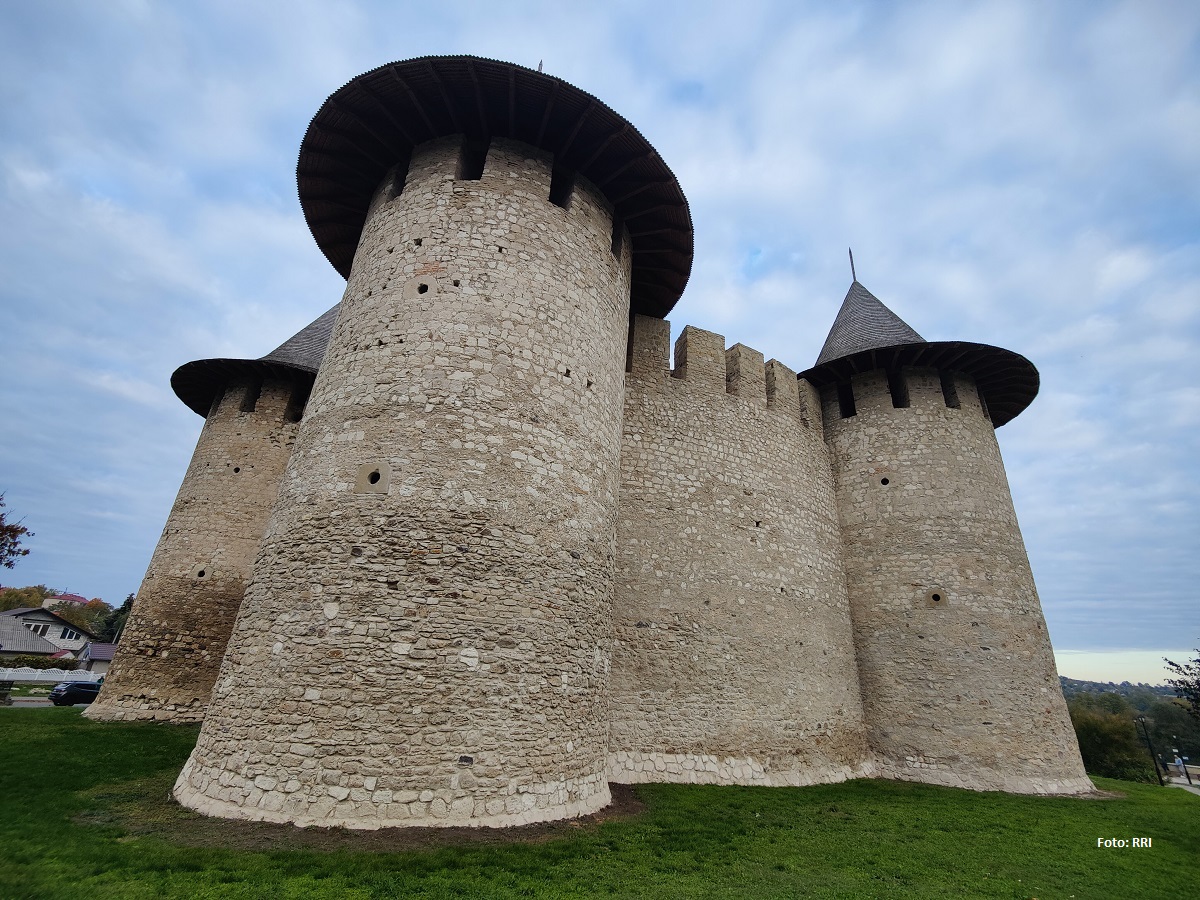Princess Apafi of Transylvania
Anna Bornemisza came from old Transylvanian nobility, and was also related to the nobles in Wallachia

Christine Leșcu, 01.01.2022, 12:59
Rarely featured in official documents or in history books, the private lives of rulers or nobility are rather difficult to document, and private correspondence or diaries are the main sources in this respect. This is all the more true when it comes to the wives of those powerful men-the women who sometimes stood in for their spouses and even influenced the course of history.
One such woman was Anna Bornemisza, wife to the last but one prince of Transylvania, Mihai Apafi I, who left behind a substantial correspondence thanks to which we can now research the dramatic situation of the principality in the last half of the 17th Century.
Anna Bornemisza came from old Transylvanian nobility, but was also related to the nobles in Wallachia. In fact, the Apafis were quite close to the Brâncoveanu family, and owned properties in Făgăraș Country, including the Făgăraș Citadel where the princely couple even lived for a while.
Mihai Apafi I ruled between 1661 and 1690, in a troubled period for Transylvania. Professor Șarolta Solcan told us a few things about the princesss life.
Șarolta Solcan: “Anna Bornemisza came from an aristocratic family in Oradea, which made her feel not quite safe among the high-ranking nobles of Transylvania. This is why she brought with her trustworthy people from Oradea, including Mihai Teleki, the son of her cousin, who became chancellor of Transylvania after 1680. Anna Bornemisza was right by her husbands side from 1661 until her death in 1688. She was greatly involved in the ruling of the country, in the management of the princely estates, while the prince was busy with his hobbies: reading, philosophy, clock collection. At some point he was even criticised by his contemporaries, who said he was better suited to be a priest than a ruler. But the fact that his wife was very much involved in the countrys politics was also heavily criticised in the society of the time. Yet, in spite of the criticism, Anna Bornemisza was a strong personality in the Romanian political scene.”
Anna Bornemisza was the one who paid the ransom for the prince to the Crimea Tatars in 1660, after a disastrous military campaign in Poland. And she was also the one who substituted for her husband in the daily affairs of the principality, when Mihai Apafi I was either away on military campaigns, or isolated and deep in his reading. Here are some more details from Professor Șarolta Solcan:
Șarolta Solcan: “Anna Bornemisza is believed to have been born around 1636. We know that she got married on 10th June 1653 with the would-be prince Mihai Apafi I, and had a troubled life with him. Apafi I ruled for a long time–until 1690-and his rule was freight with tensions, both for himself and for Anna Bornemisza who was always by his side. During his reign there were conflicts between the Ottoman Empire and the Austrian Empire over control on Hungary. More than once, the two empires would ask for Transylvanias support and would threaten the principality and its ruler.”
In private, the princess of Transylvania always lived in fear for her husbands life and amid worries for her children, many of them sickly and dead by an early age. These constant fears, the difficult political situation of the country and the frequent epidemics threw her into a deep depression. The documents of the time mention the princesss “ailment in the head,” which triggered her fixation with spells and charms. Her obsession that someone was using spells to harm her eventually entailed the witch hunt and witch trials in late 17th Century Transylvania. Under these circumstances, in 1682 her health collapsed, and she became a person ruined on the inside, as a contemporary described her.
Anna Bornemisza died in 1688, and was initially buried in the vault of the Mălâncrav church (in todays Sibiu County), a church commissioned by her family. Later, in mid-20th Century, the remains were taken to a Reformed church in Cluj. Professor Șarolta Solcan concludes:
Șarolta Solcan: “She was a very strong woman who, in spite of her extreme physical fragility, fought against a mind-set hostile to women, which denied women the right to take part in political decision-making. This idea was so deeply rooted that it was common even among women themselves. The daughter of another Transylvanian aristocrat said a womans mind was not fit for ruling a country. But Anna Bornemisza disagreed.” (tr. A.M. Popescu)






























